Antibiotic potency testing appliance
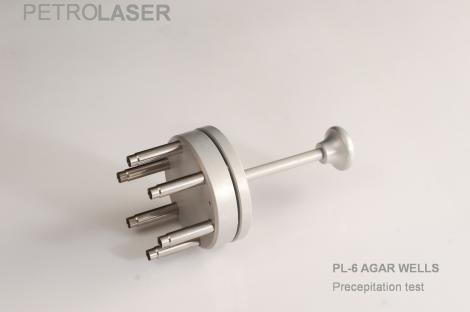

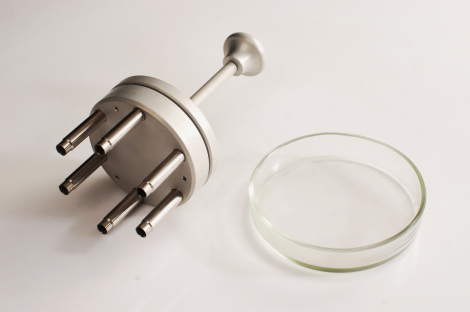
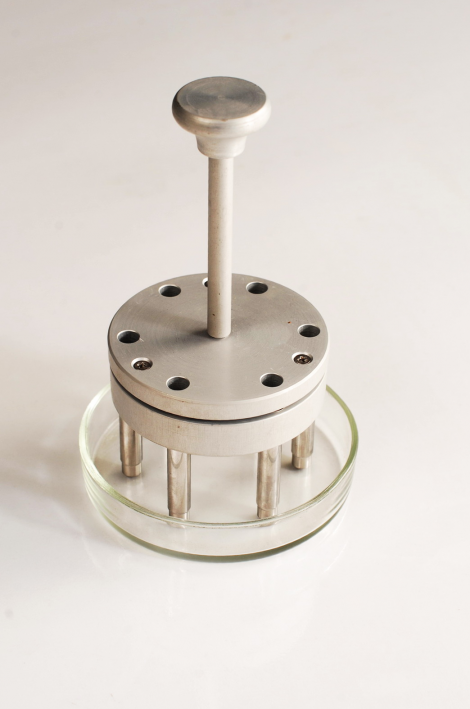
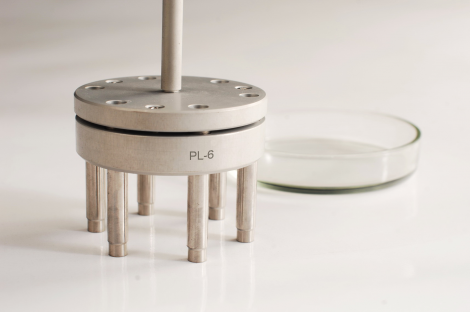
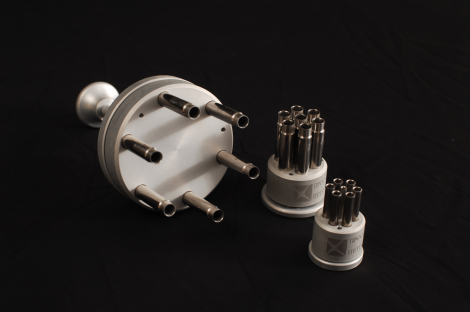

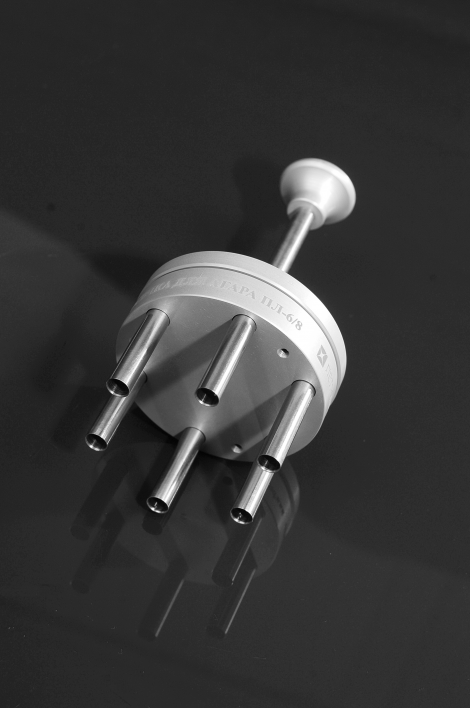
Classical method of cycle inhibition in agar gels. Six medicinal agents, or different concentrations of one vaccine can be tested in one Petri dish . Zones of microbial culture depression are simply measured in size (diameter). This appliance also allows to determine the best concentration of medicinal agent to fight discrete culture/virus. Sharpened cylinders are parallel and set all in one plane.
Appliance can withstand hot steam disinfection. Geometry of edges is calibrated with instrumental microscope.
Six 7 mm stainless steel cylinders set in parallell in one holder;
Model with 8 mm cylinders diameter is available;
Front edges are sharpened;
Sharpened front ends form 6 wells in agar, distributed evenly in a cycle;
Front edges are set in one plane with 15 micrometer tolerance;
All appliances are tested on thin foil piercing over tempered glass.
Length = 138 mm
Diameter = 100 mm
Tested virus or microbial culture is grown in a agar layer in a Petri dish. In some cases primary agar layer is covered with second agar layer. Medicinal agent interacts with the microbial film, and round ihebition zones are formed.
Same appiance is used in anti- microbial (or desinfection agent efficacy) testing: the optimal concentration of disinfectant is determined by comparing the diameter of non- growth ( depression) zones.
The diameters of inhibition zones correspond to the efficacy of the medicinal agent that is under test.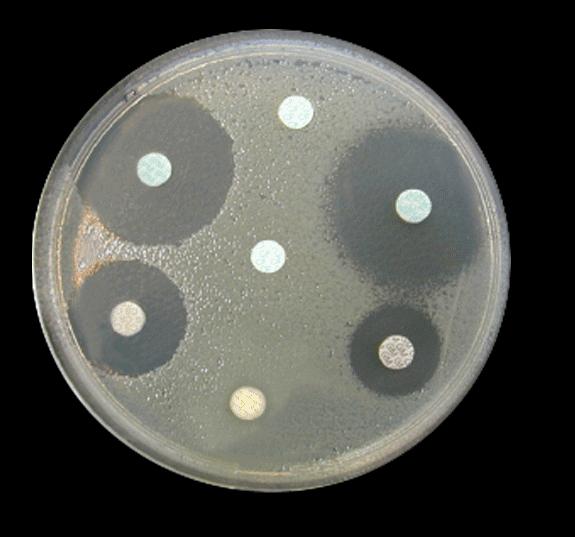
Also, six different concentrations can be pipeted into the agar wells, so that the maximal inhebition zone correspond to optimal concentration.
This method is also called "method of cylinders" .
Measurements of inhebition zones can be automated by using instrumental method - a digital camera and special software, also offered by Petrolaser.
Method corresponds to performs the following
multi-plate assays (100 mm round petri dish):
• United States Pharmacopeia (USP) Method
• British Pharmacopeia (BP)/European
Pharmacopeia (EP) Method
• Japanese Pharmacopeia Method (JP)d


